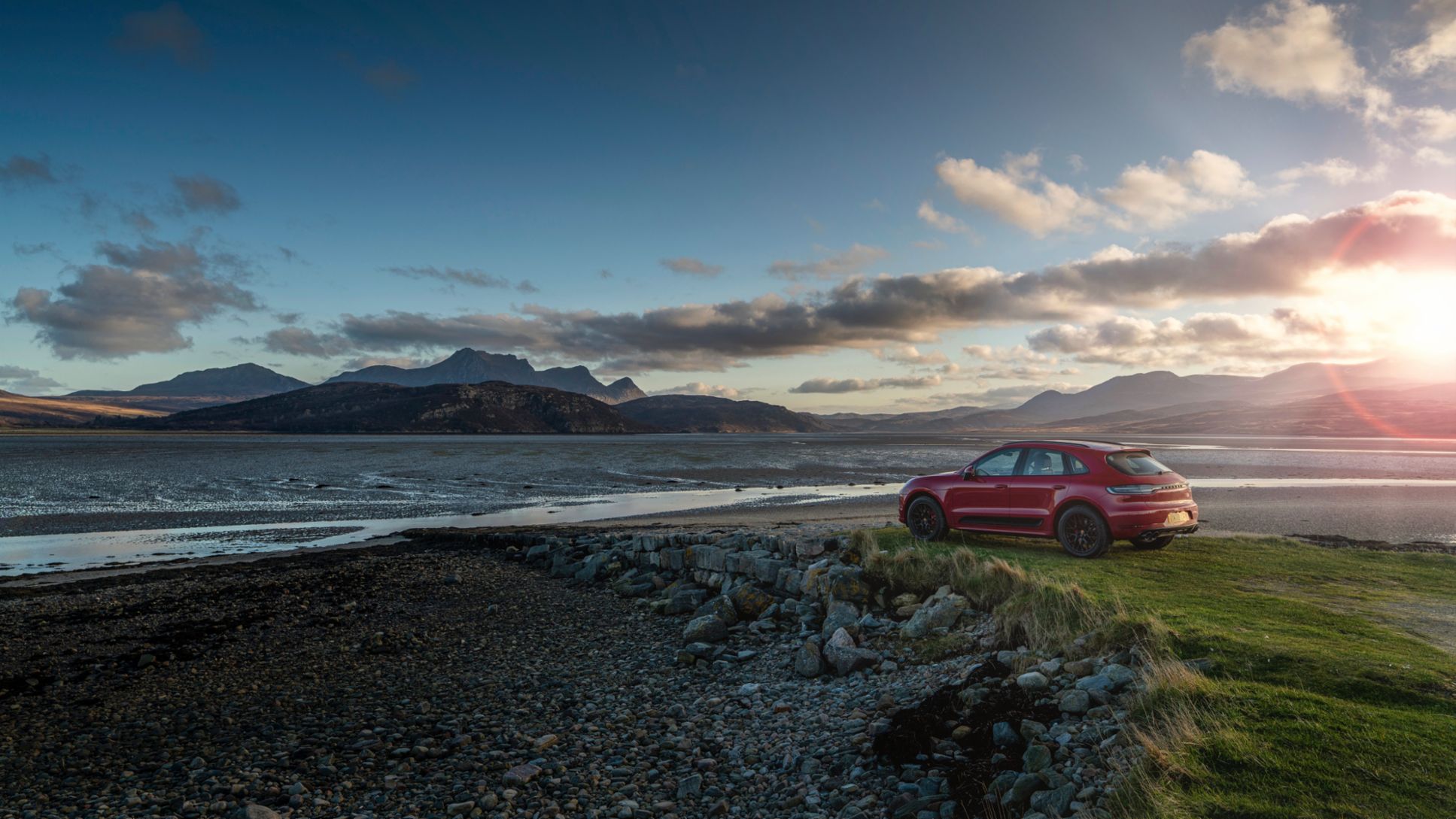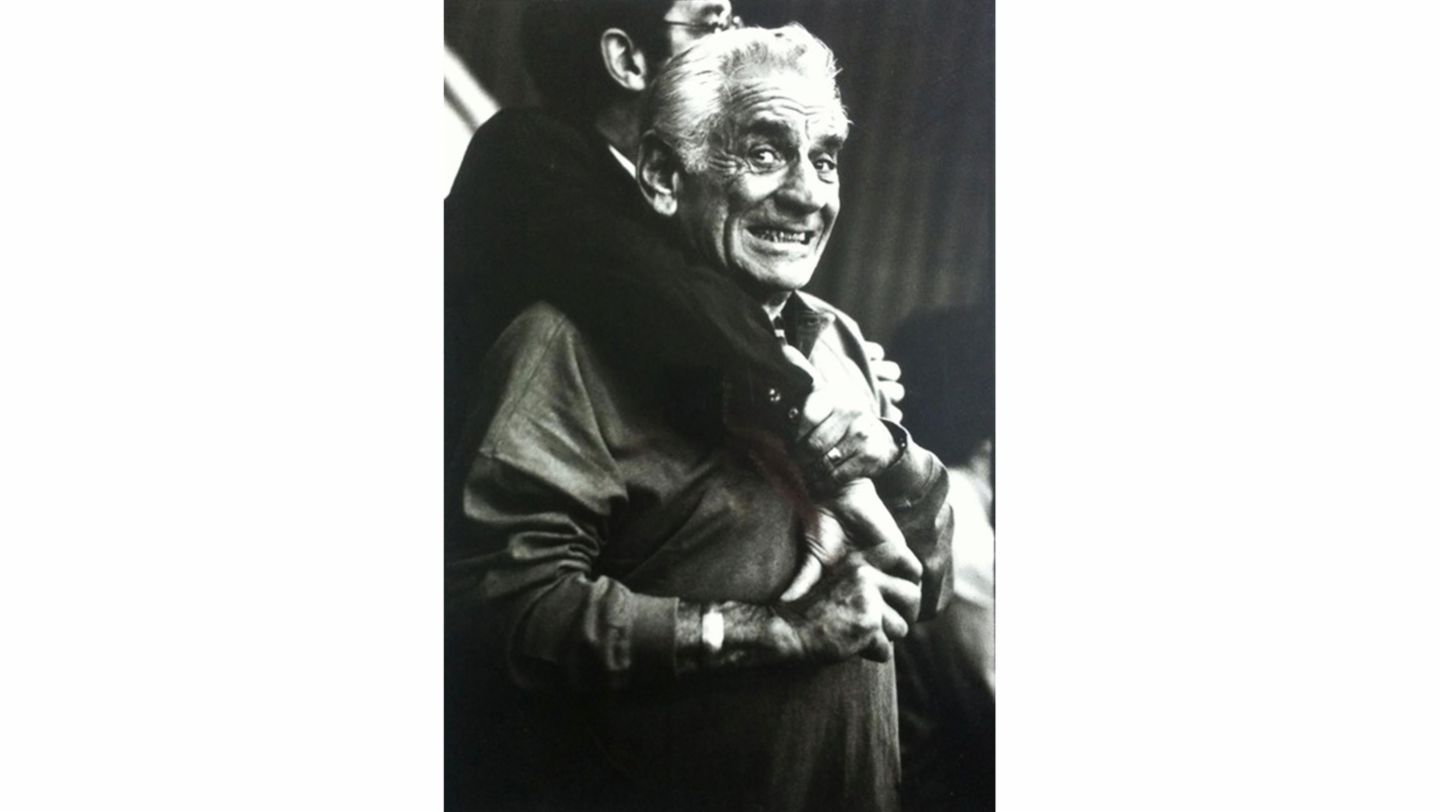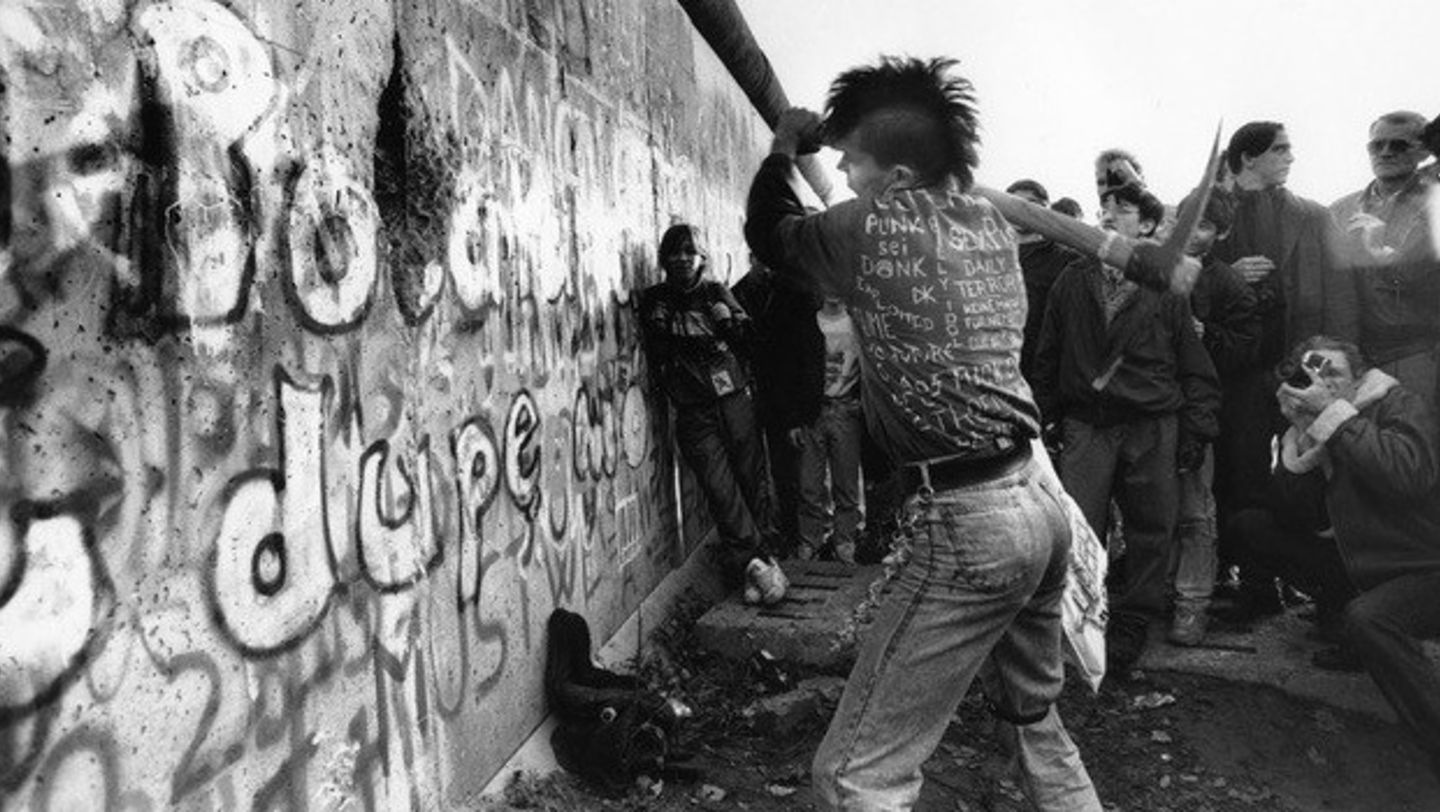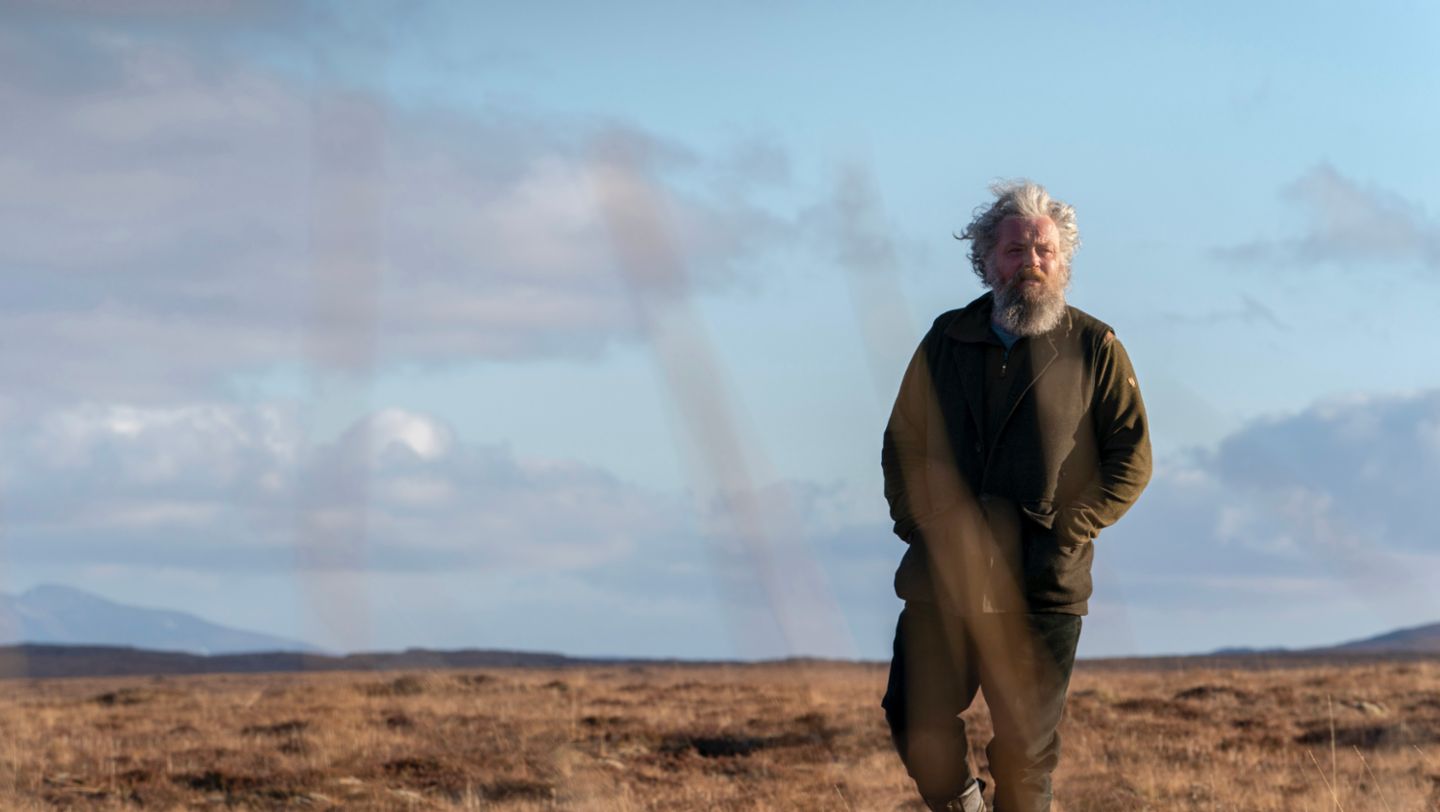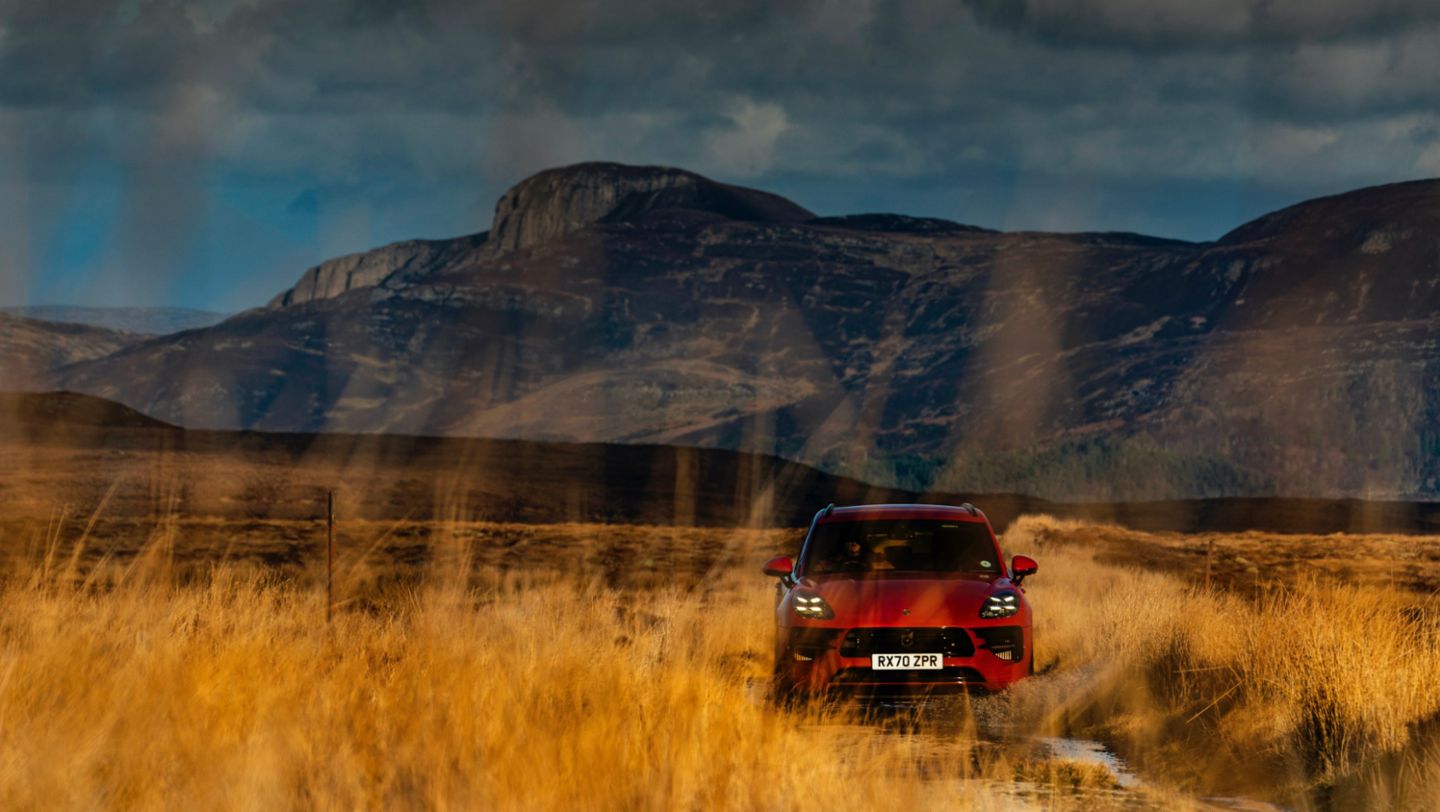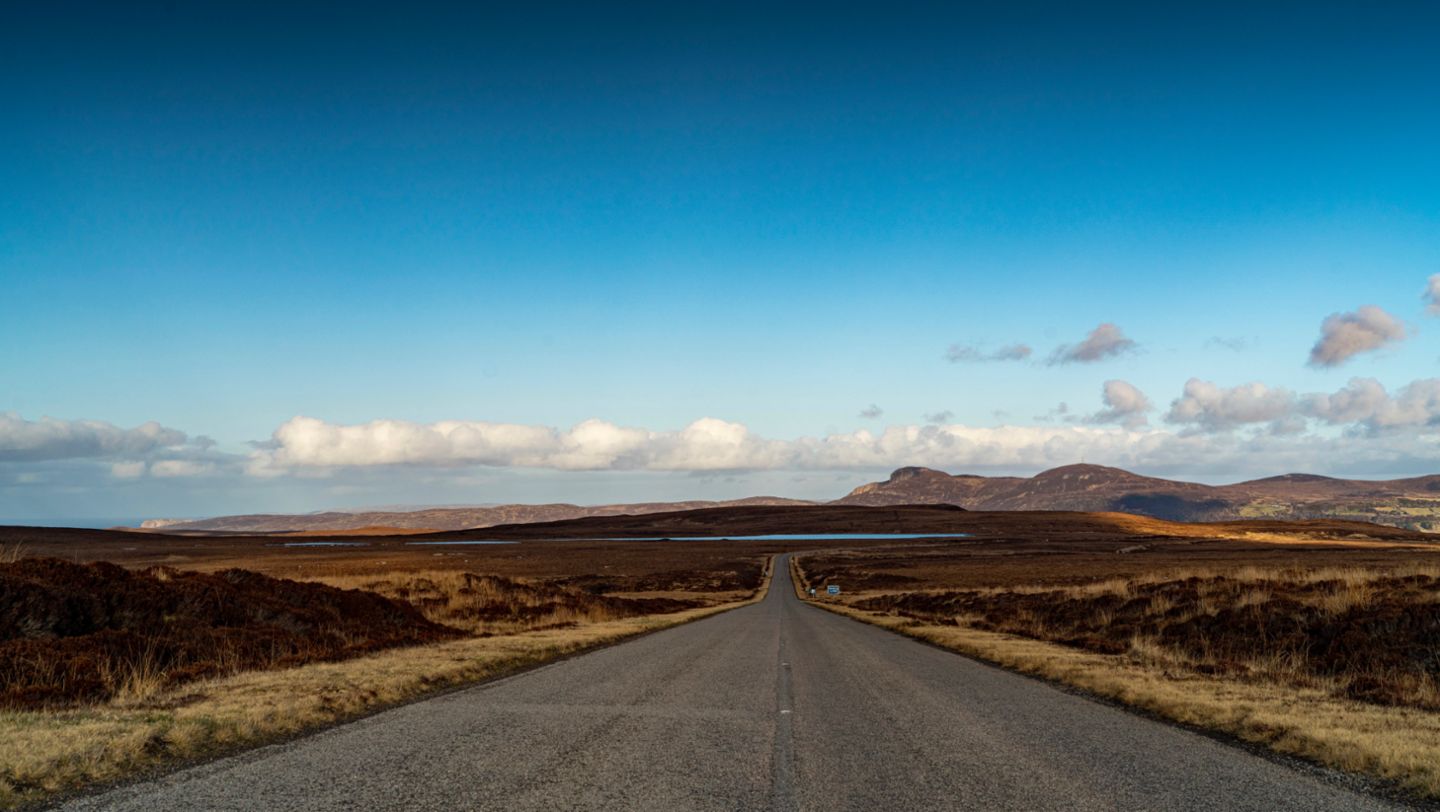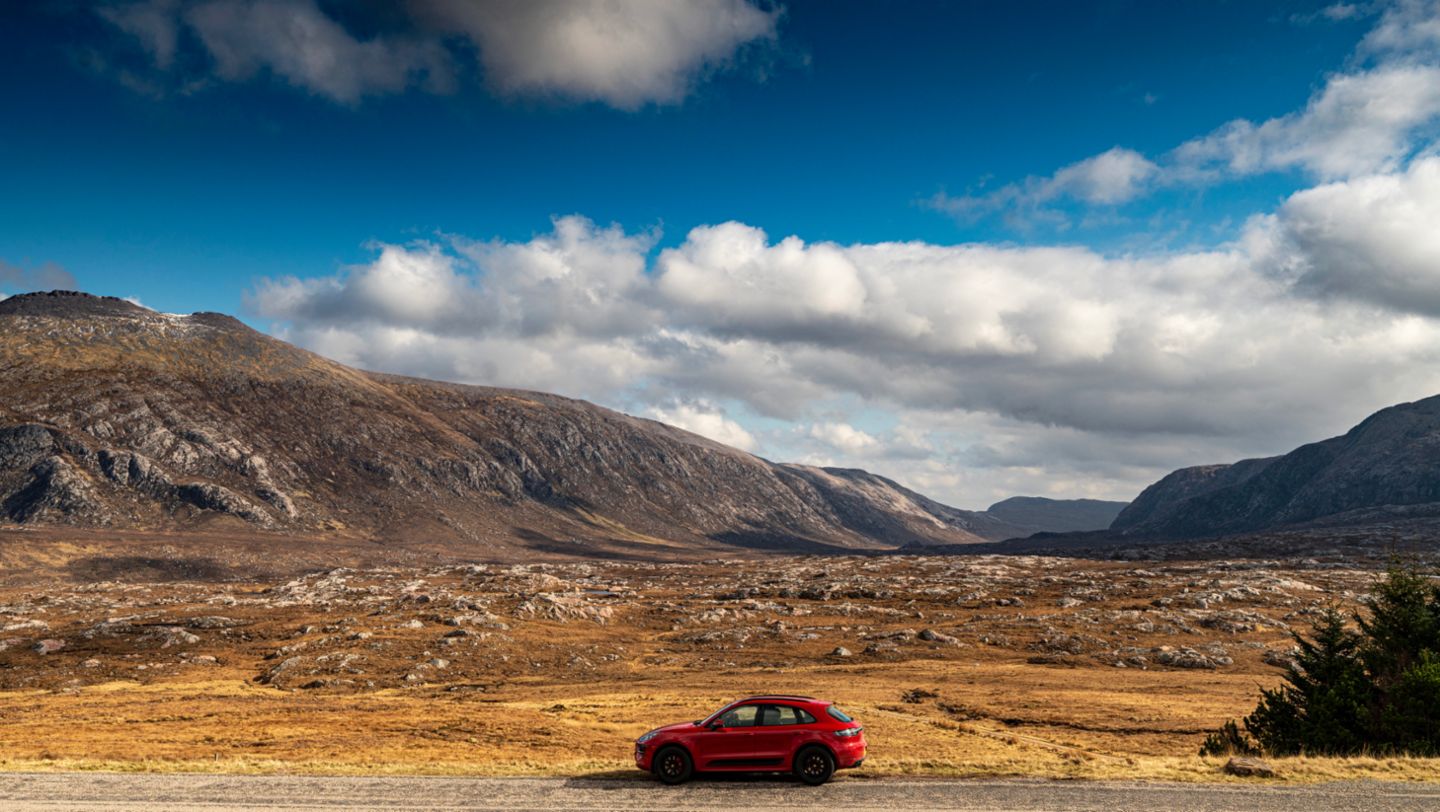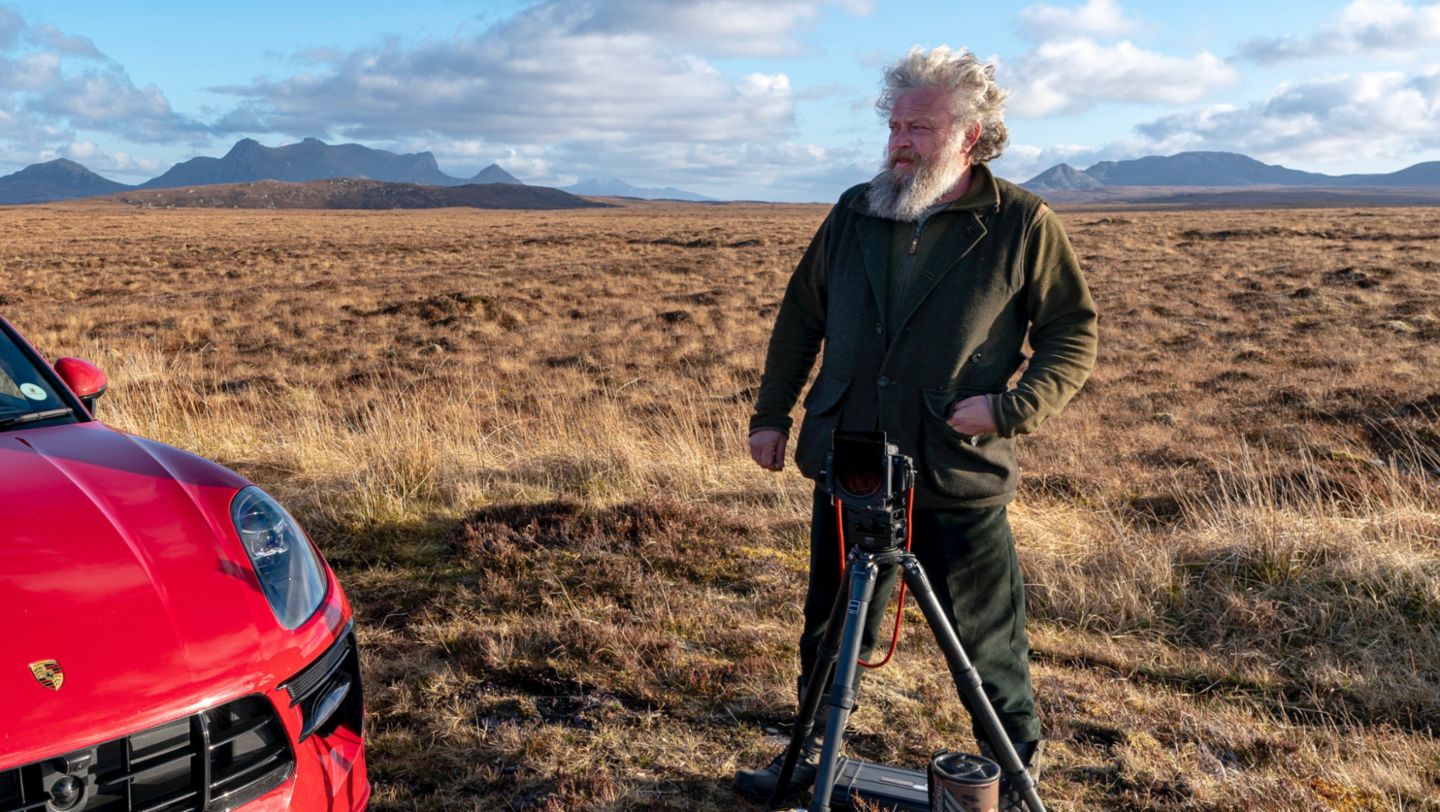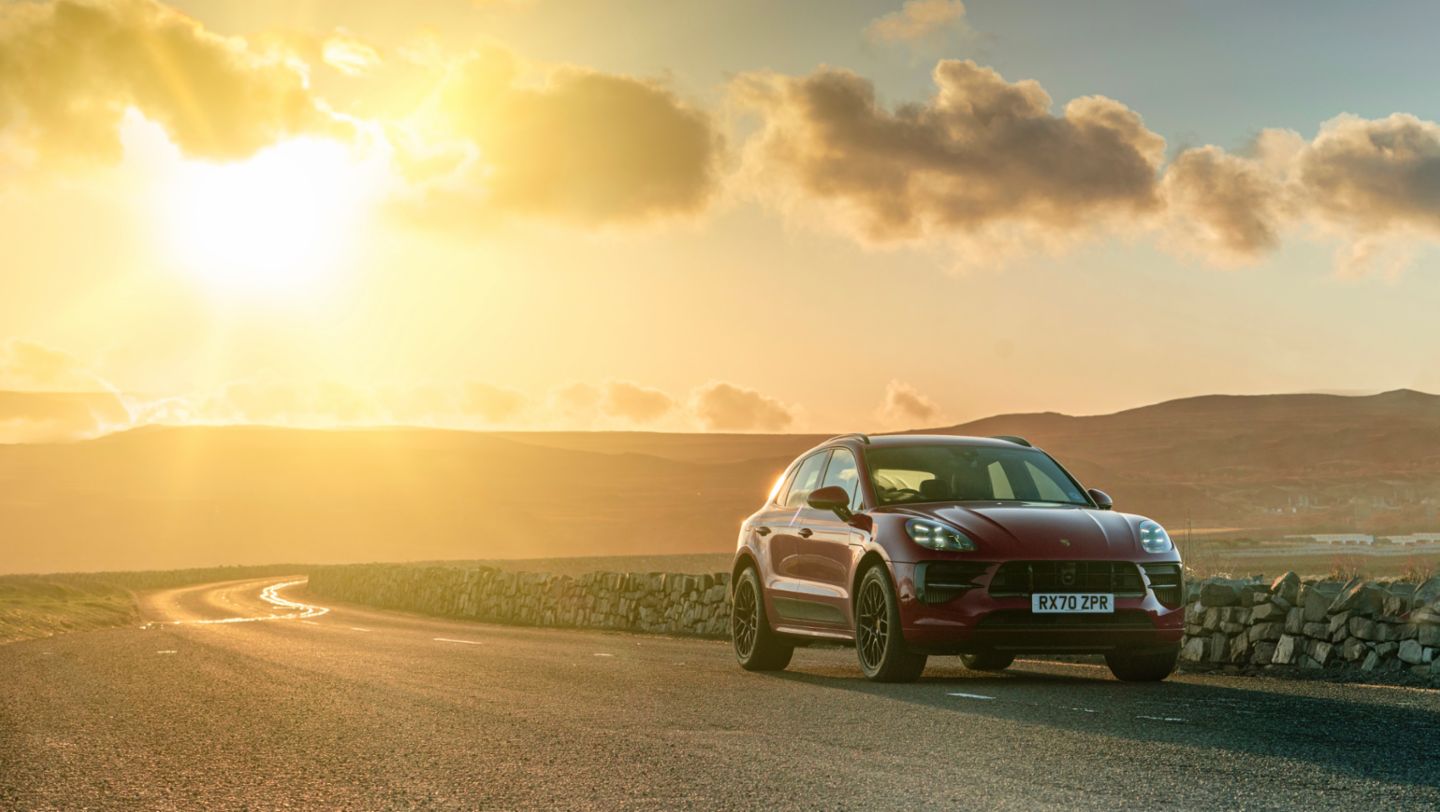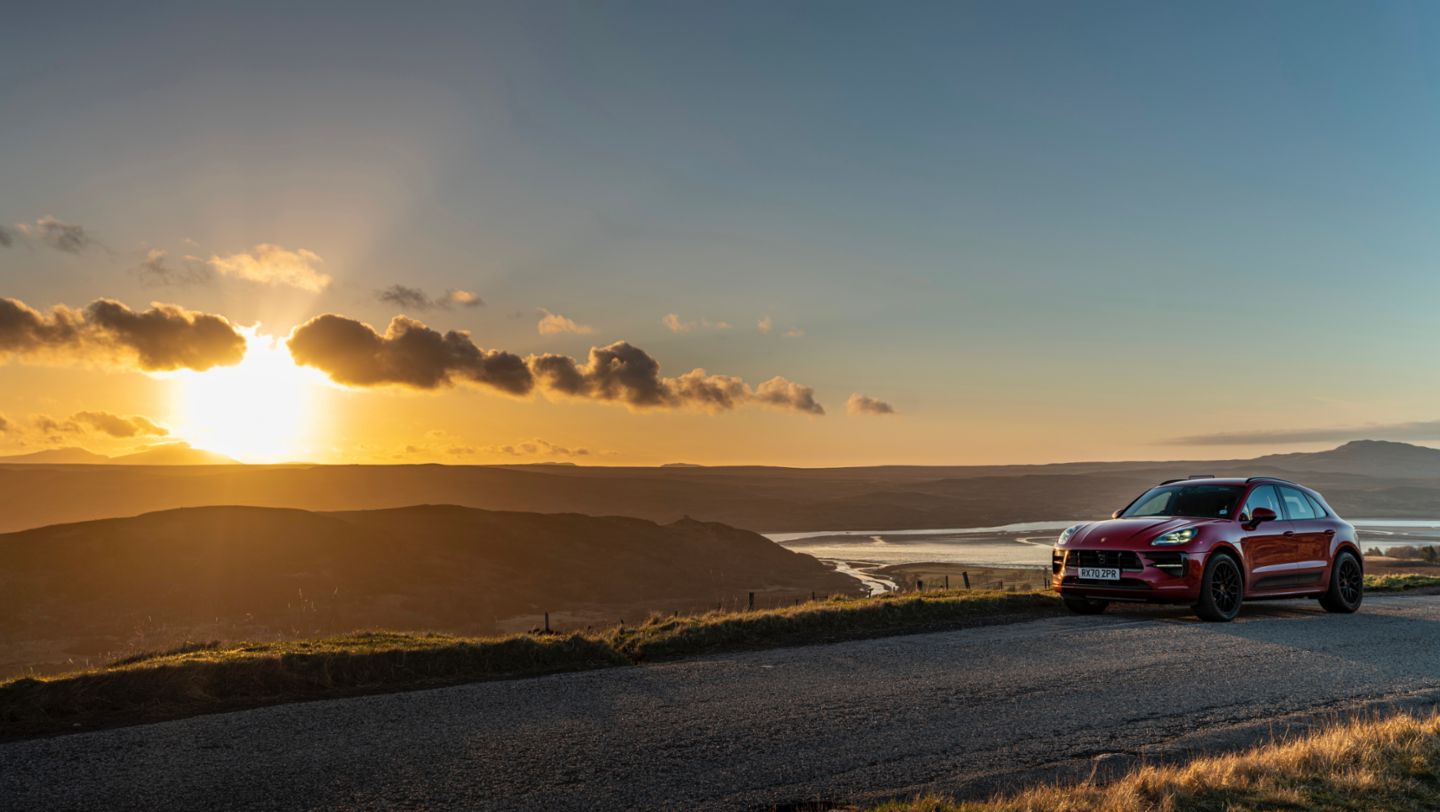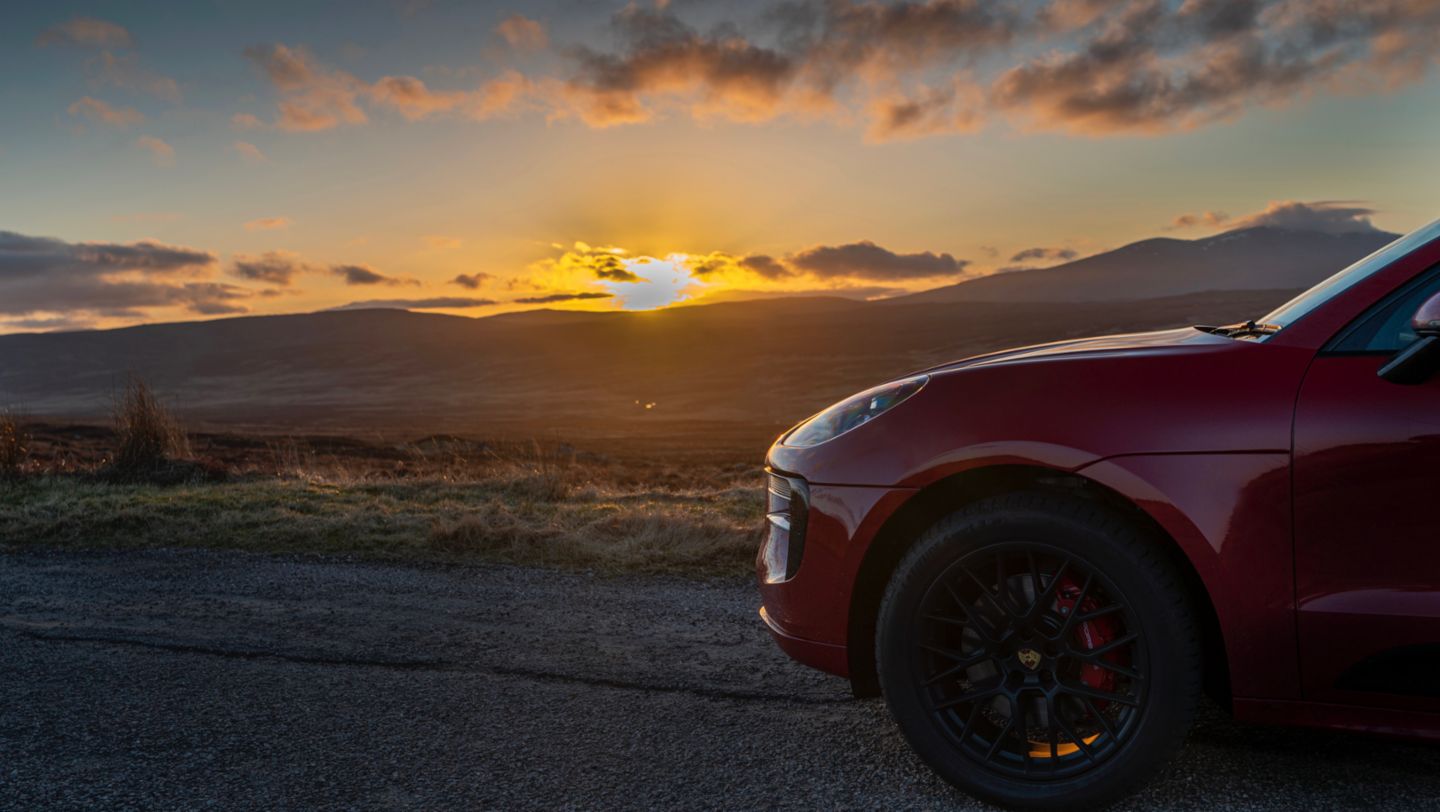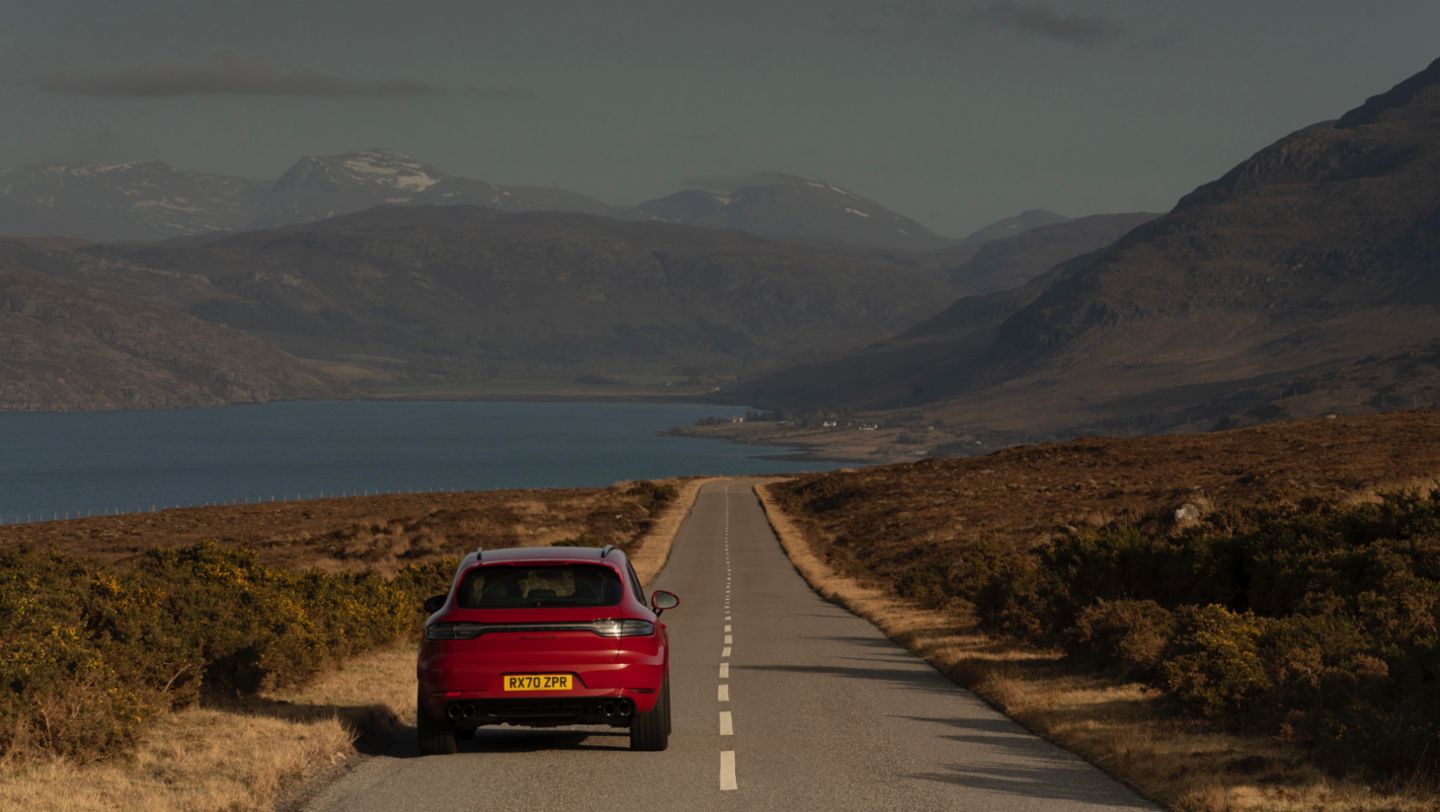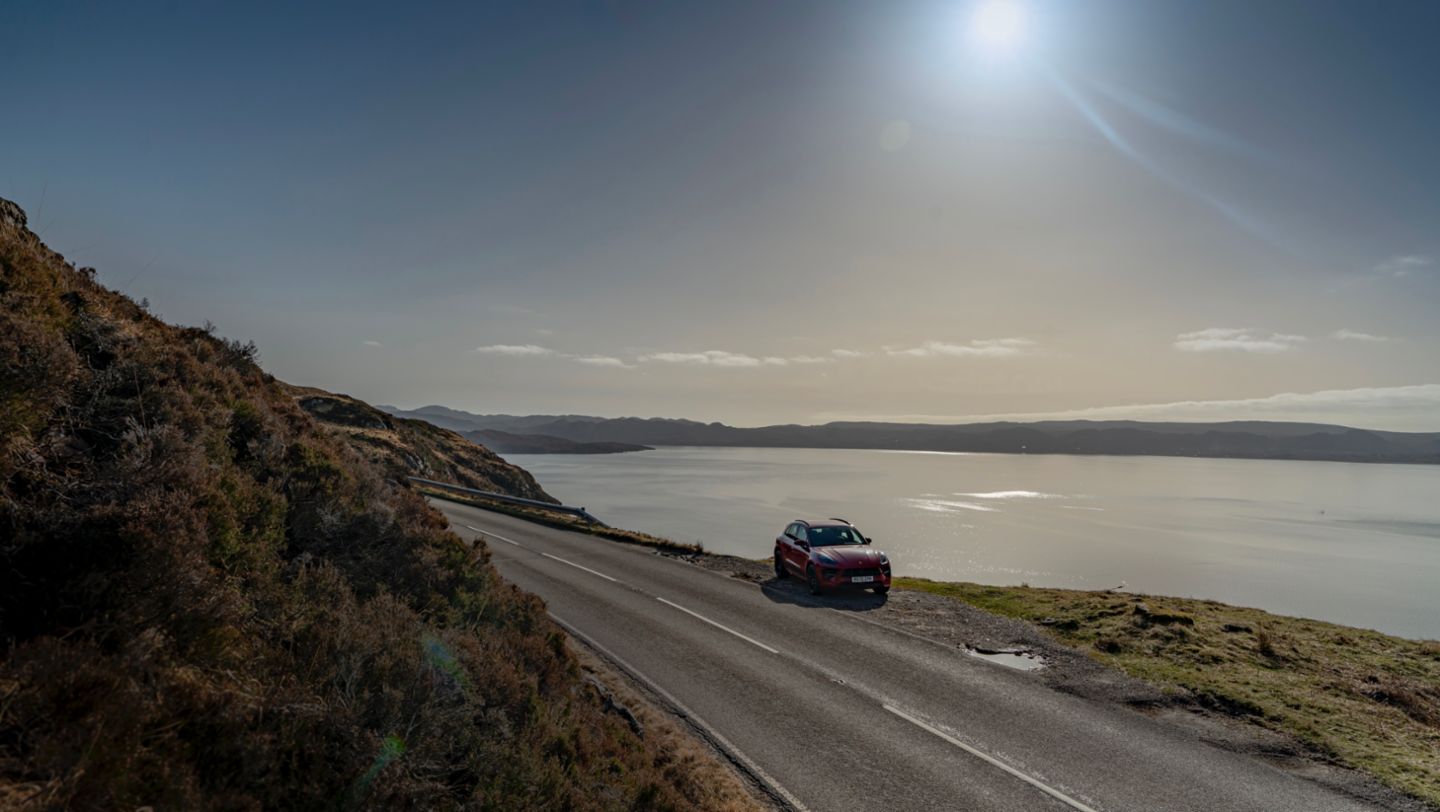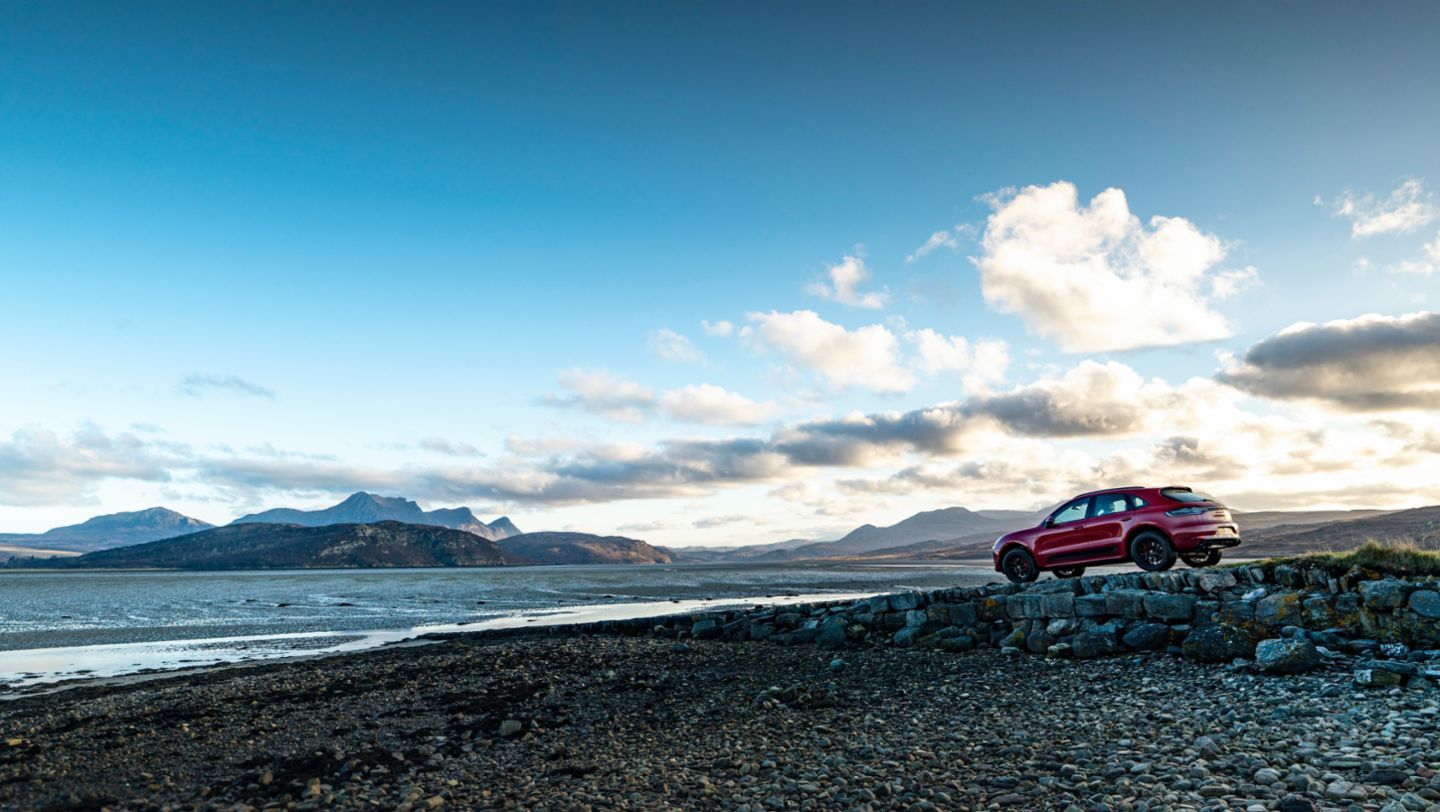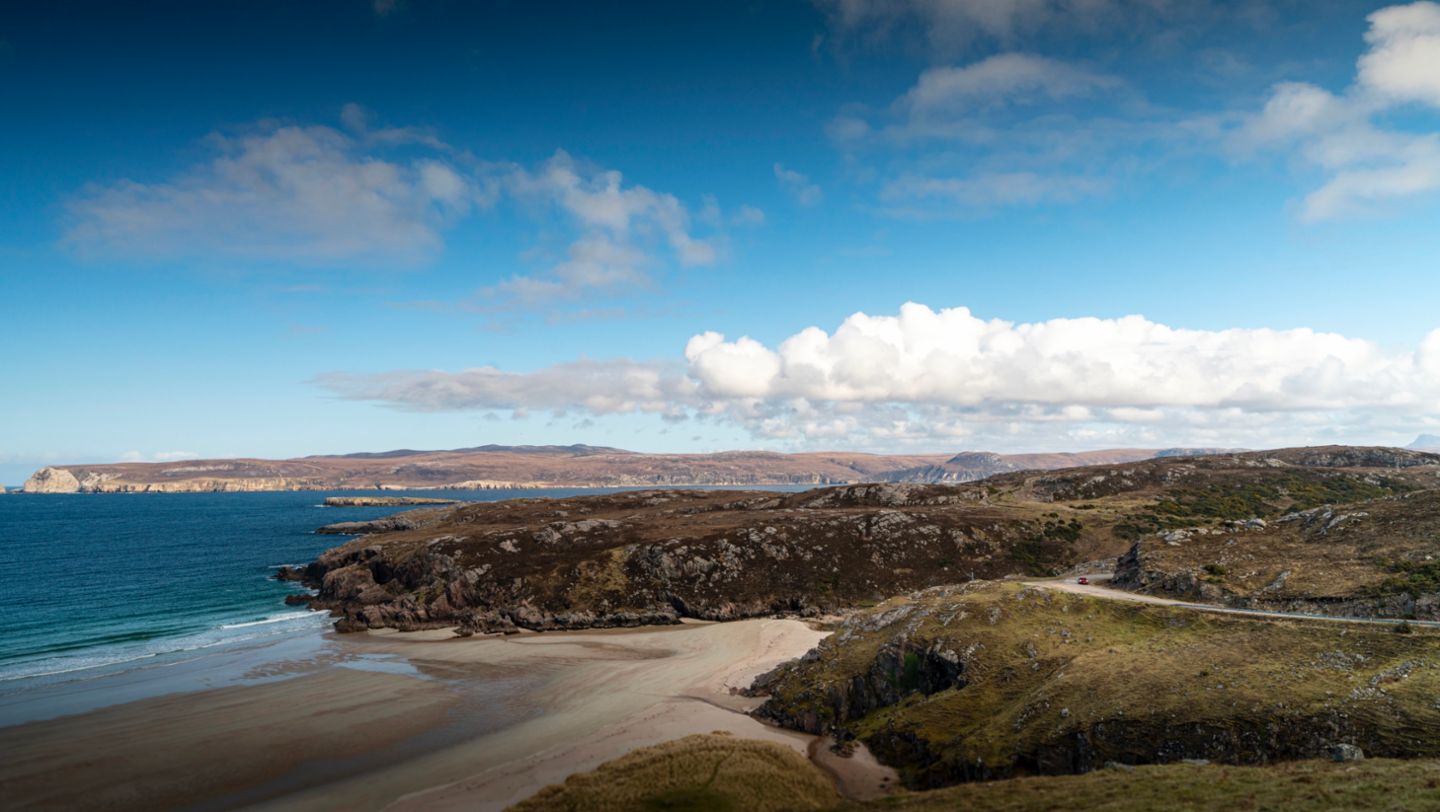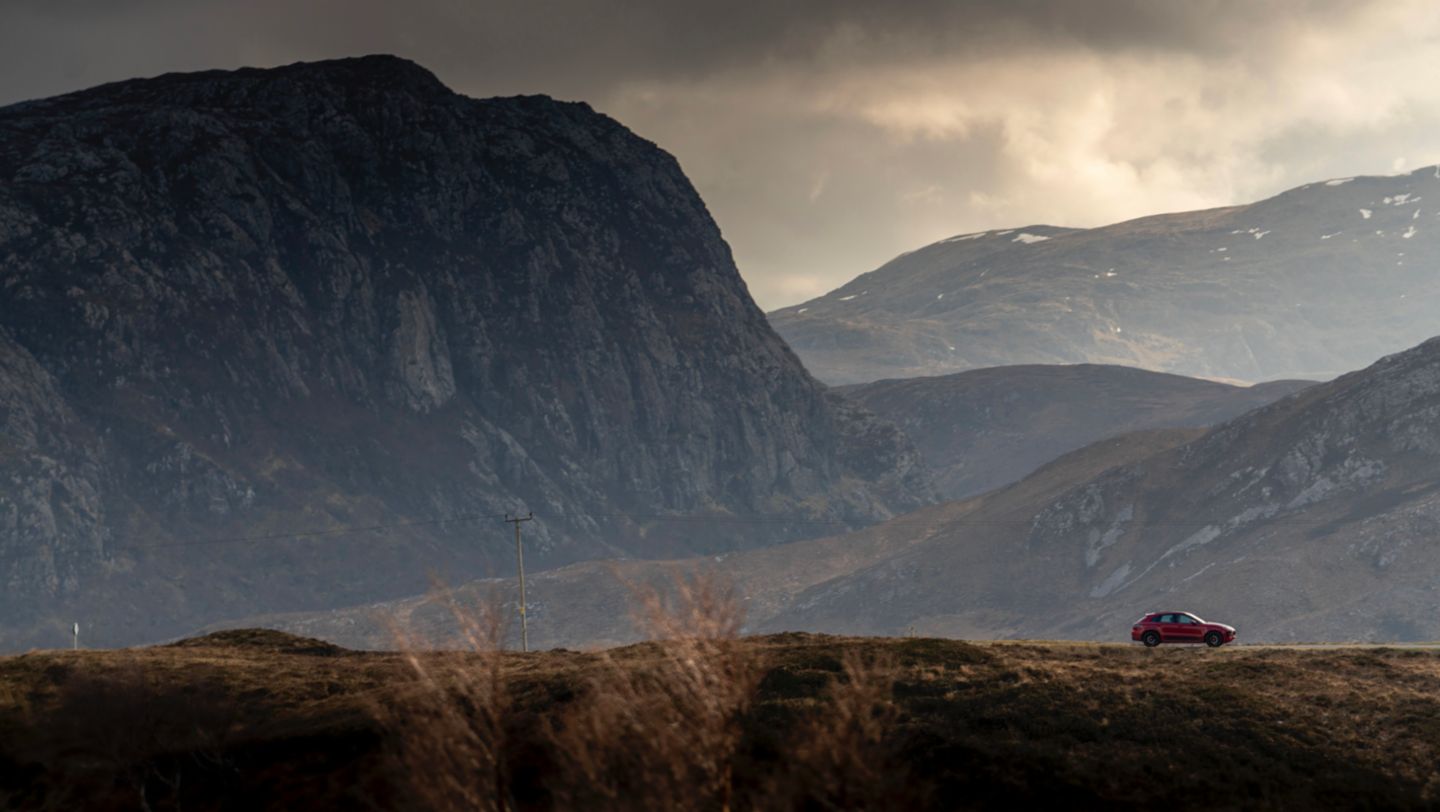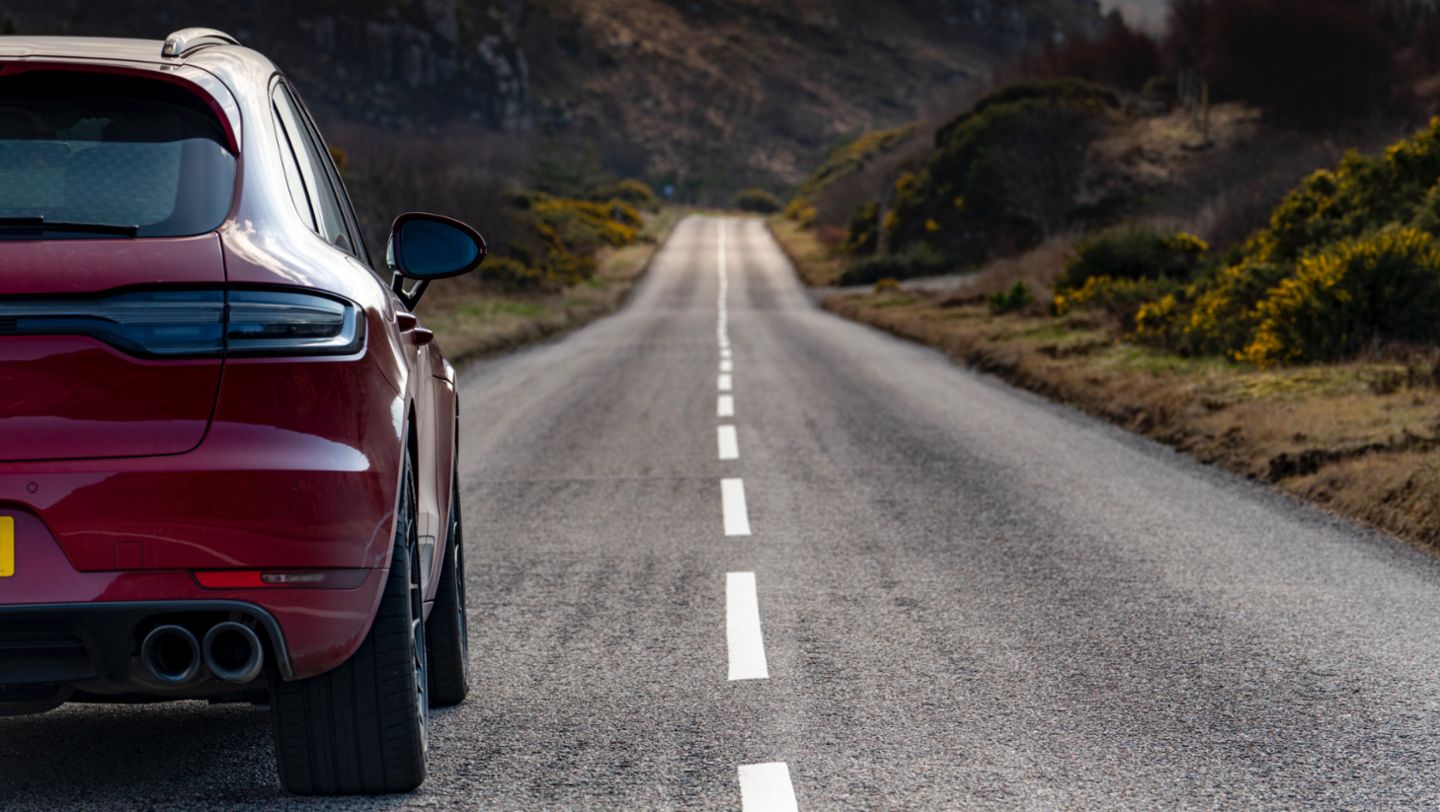Where
Scottish Highlands
Length
180 kilometres
Type
A dramatic backdrop of lochs, mountains and craggy coastline, with sweeping bends and long straights reaching to the far horizon.
Almost by chance, professional photographer Justin Leighton has spent the last decade shooting cars. The 54-year-old started out on national newspapers in his late teens and almost immediately found himself working on the frontline in various international hotspots. Leighton was in Belfast at the height of the Troubles in Northern Ireland, and across Russia and eastern Europe before and during the collapse of Communism in the late 1980s.
“I was in Berlin for the fall of the Wall,” he recalls today. “I had friends in the East and it was quite lovely to suddenly be able to drive over to pick them up and drive back into the Kufürstendamm for a pizza. Which is all we’d be wanting to do for years. Somehow that symbolised the moment for me. Just eating a pizza with my mates in West Berlin.” Leighton would go on to photograph Thatcher, Clinton and Mandela among other high-profile figures, and followed the campaign trails of future political luminaires like Merkel and Blair while still covering conflicts such as the Balkan and Gulf wars.
But after many years working in the high-paced and often hostile environment of reportage, the new millennium would see a dramatic change for Leighton. “In the early 2000s I had a child, and things had started to get a bit serious,” he recalls. “I’d lost a few people I knew in the business in quick succession and just thought I’d had enough of it. I actually tried to be a flower photographer for a while but soon realised that didn’t really get the juices flowing. I’d always liked cars and bikes but for some reason I’d never thought about adding photography to the mix. So I created a little portfolio and sent it to a few magazines.”
Leighton’s career as a car photographer
Leighton’s work was immediately picked up by several national car magazines and before long he was working continuously for Top Gear, both in print and behind the scenes on the TV show. “My career just sort of happened,” he reflects modestly today. “There was no method. I had no plan. But all of I sudden I woke up and I’d been a car photographer for ten years.” Leighton’s work with cars has taken him to all four corners of the globe, but his favourite place to head to, and his choice for the ultimate Sunday Drive, is closer to home in the remote north of Scotland.
“Choosing one route was a tough ask because what I really wanted was to include the whole of Scotland north of Inverness – a place I love very dearly,” he says with a smile. “But I’ve picked the road that I thought would be a good start for anyone exploring it for the first time. It’s the most magnificent, wild and beautiful place on this earth, and one that doesn’t give a damn if you’re there or not. There’s a beautiful stillness to it.”
Some of western Scotland’s rugged coastal scenery
The route begins at the small Ross-shire village of Garve, just north of Inverness, leaving the main A835 Ullapool road onto the smaller A832 that drops southwest towards the coast past the Luichart and a’Chuilinn lochs. Fringed on both sides by steep mountains, the road follows the riverbed past Loch Maree to Gairloch before circling north again along the wild west coast towards Aultbea and Loch Ewe. This dramatic loop eventually rejoins the Ullapool road, so can be skipped to create a shorter overall journey time, but takes in some of the most magnificent of western Scotland’s rugged coastal scenery. Back on the A835, you drive along the edge of Loch Broom to Ullapool. A few miles north the magnificent Kylesku bridge then carries you on towards Scourie and a dramatic sunset over your final destination, the coastal village of Tongue.
Much of the route forms part of what has become known as the North West 500, a destination drive for more adventurous petrolheads, with its fast, empty stretches proving the perfect place to unlock the performance of modern sports cars. But Leighton suggests his drive should be approached from an entirely different perspective. “It’s one of those journeys you should take at leisure. Go off and explore a side road that leads down to a little harbour or stop and watch the seals or sea eagles. Point your camera, or your eyes, away from the road and don’t be afraid to just stand there and listen to the silence.”
Increasing popularity of driving tourism
With the increasing popularity of driving tourism in the region, the area is now far better set up for daytime and overnight hospitality than it used to be, with plenty of great coffee stops, restaurants and hotels lining the route. Leighton recommends the Kylesku Hotel for its seafood and the Badachro Inn, run by a friend, for its exceptional pizzas. But the remoteness and immensity of the landscape is still utterly untainted. “I love this road because it starts with the beauty of Gare loch and scythes through the mountains, but also features these incredible manmade structures – the Kylesku Bridge and the causeway at Tongue.”
Depending on how you choose to tackle it, the full version of Leighton’s road trip should take anywhere between six and seven hours. “The problem I have with that,” he admits, “is I have to stop so much to take pictures or just to breathe the air. If you want to just drive it, it is a fantastic driver’s road, with long straights running out to the horizon, sweeping bends and lots of quite challenging sections. But for me there is too much that still makes me want to stop and stare. It’s food for the heart, soul and senses.”
Slow your natural pace
The best time to go is either Spring or Autumn, well after the worst of northern Scotland’s winters and either side of its infamous midges. But Leighton warns that whenever you travel, the old cliché of three seasons in one day is always a possibility, with t-shirt temperatures occasionally interrupted by heavy hail. His only other recommendation is to slow your natural pace. “Just take your time,” he insists. “The roads are fantastic, but they’re as good at 80 km/h as they would be at 800. Look out of the window and absorb everything. You’ll round a headland and all of a sudden there’s an incredible view to the next mountain, with the road dipping down towards a deep glen. You’ll see huge, ancient forests, wild coastline, snow-capped mountains – it has everything going for it.”
The Porsche Macan has on several occasions proven to be the ideal companion for Leighton’s Scottish detours. “I like to go far afield and the Macan suits me because I know that, wherever I go, I will always get back again. Because the Scottish weather is so changeable, you know with the Macan that if it suddenly snows, you’ll still be able to haul yourself back to a log fire and a dram of whiskey somewhere. But equally, you can hit Sport Plus and have a car that sounds, handles and goes as a Porsche should. It’s the best of all worlds to me – a little multitool of a car.”
For Leighton, being able to escape to the furthest reaches of Scotland have provided a vital lifeline for years of emotionally and physically gruelling work. “It’s always been the place I go to when I’ve needed to get my head together,” he explains. “It’s very grounding because the landscape doesn’t care about you – and in turn it makes no demands of you. I’ve been coming here since I was six-months-old and it hasn’t changed. It has seen me through the dark days. I’ll always love it for that.”
Sunday Drives
With travel restrictions limiting the opportunities for road-trips, Porsche Newsroom’s new Sunday Drives series sets out to quench readers’ thirst for adventure by discovering the world’s most beautiful driving roads through the eyes of Porsche people around the globe.
